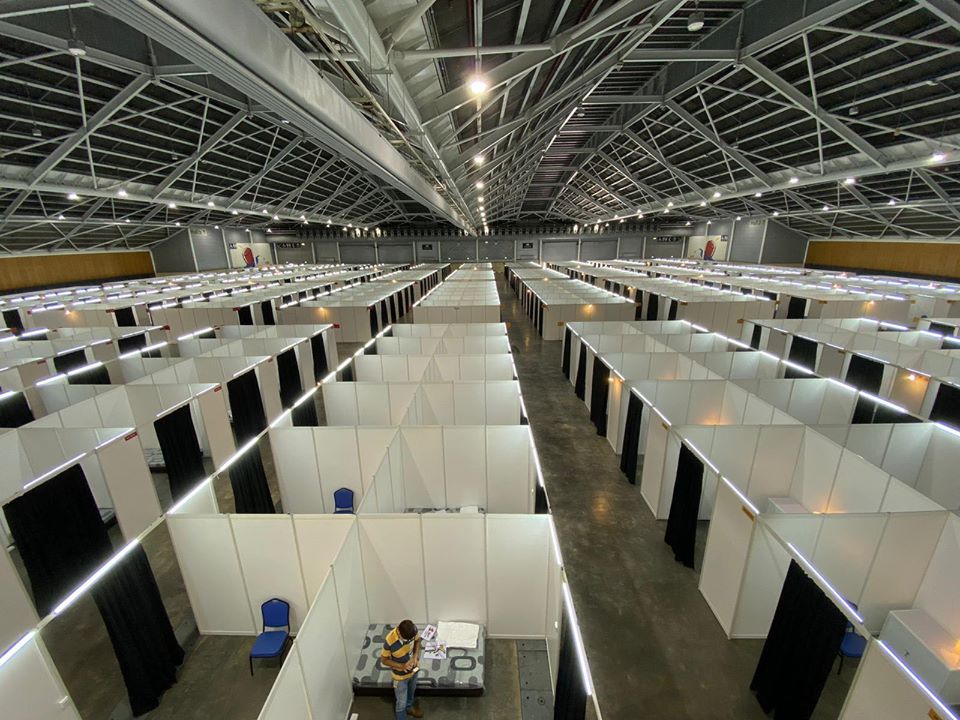The Multi-Ministry Taskforce on Tuesday laid out a comprehensive medical strategy to ensure that individuals infected with COVID-19 receive prompt and quality medical treatment.
“The plan guides the admission of patients into the appropriate tiered facilities for medical care and support, the transfer of patients between these facilities according to their needs, and the discharge of patients who are well and no longer infectious. The aim here is to deploy our medical resources optimally so as to prevent our healthcare system from being overwhelmed,” said a media release.
According to the task force, the majority of patients picked up via testing have mild or no symptoms. Such patients are usually admitted to a Community Care Facility (CCF), where they are monitored in case they need to be transferred to hospital.
Those with severe conditions are cared for in Intensive Care Units (ICU). These patients include those with serious symptoms or other risk factors and co-morbidities.
As per infectious disease experts, patients who remain well at Day 14 of the virus are likely to remain clinically stable and generally do not require any further medical care. The task force said that such patients are transferred to a step-down Community Recovery Facility (CRF).
Additionally, those with acute respiratory infections but who are clinically well are issued with five-day medical certificates and are asked to isolate themselves at home. Those who meet the clinical case definitions for COVID-19 are tested and asked to self-isolate at home as they await their test results. Those who are unable to self-isolate in their homes can do so in a Swab Isolation Facility (SIF) while awaiting their test results.
“To date, we have built a capacity of 4,000 beds in the SIFs, in locations such as Civil Service Club @ Loyang and hotels. Those who are clinically unwell are referred immediately to hospitals for further assessment and treatment,” said the statement.
“The CCF capacity has been rapidly increased, starting with about 500 beds at D’Resort NTUC to about 10,000 spaces currently, including at the Singapore EXPO and Changi Exhibition Centre. We are continuing to expand our CCFs, aiming to double their capacity to 20,000 beds by end-June. This includes the CCFs we are setting up within some of the migrant worker dormitories so that workers with mild symptoms can be quickly isolated and monitored, with the medical posts deployed in the dormitories providing the necessary medical support.”
The task force also said that Singapore now has a capacity of over 2,000 beds in CRF sites, situated in several SAF camps with some patients being moved from CCF to CRF. The government also announced plans to ramp up the CRF capacity to more than 10,000 beds by end-June.
To ensure adequate hospital capacity for COVID-19 patients, public hospitals have postponed non-urgent elective procedures while new capacity in isolation wards and intensive care units have been created by repurposing existing beds and hospital facilities, and acquiring additional medical equipment such as ventilators.
Public hospitals have also established collaborations with private sector healthcare providers to provide further treatment capacity, and to help care for existing patients with chronic medical conditions, said the task force.
The Ministry of Health has also sought the support of healthcare professionals in the private sector, and encouraged them to join the newly launched SG Healthcare Corps. with about 3,000 healthcare professionals across all job groups having signed up, since the launch on April 7.
“MOH will be expanding the SG Healthcare Corps to include more healthcare professionals, as well as non-healthcare professionals. We are also re-deploying manpower from industries affected by COVID-19 to enable them to take on new roles in our hospitals. For example, Singapore Airlines (SIA) cabin crew are filling the role of care ambassadors. They provide administrative support and attend to patients, under the supervision of nursing staff,” said the statement.



